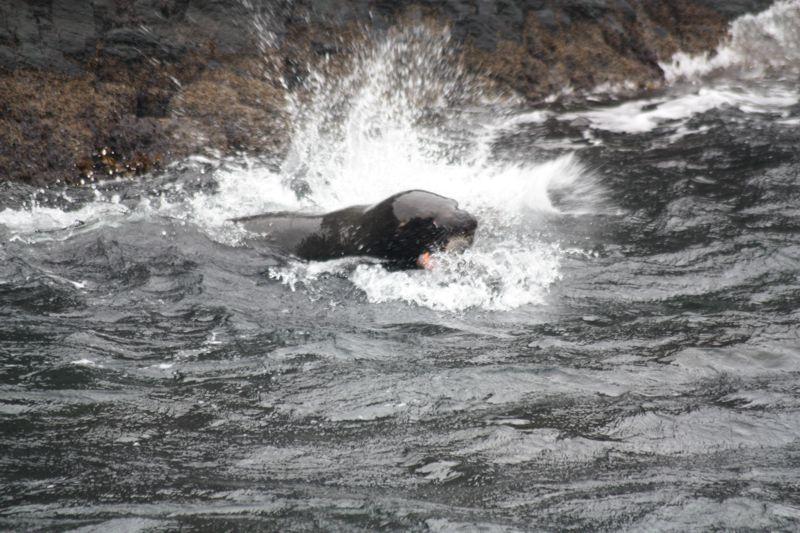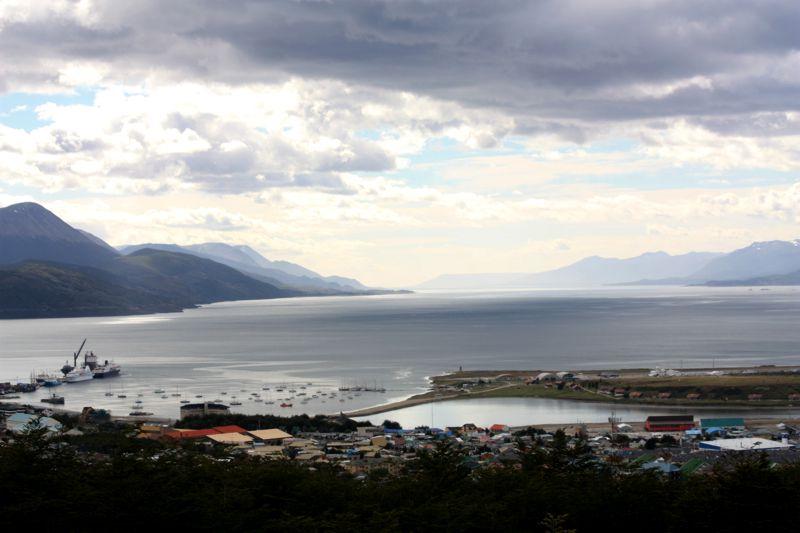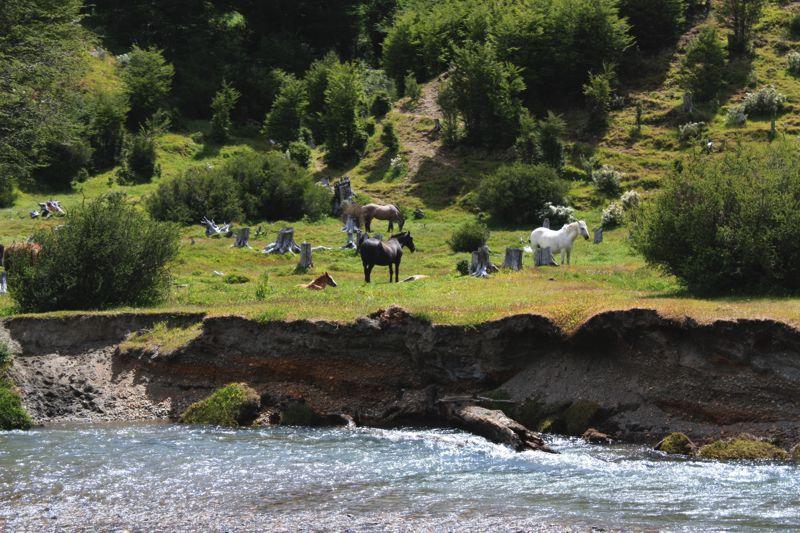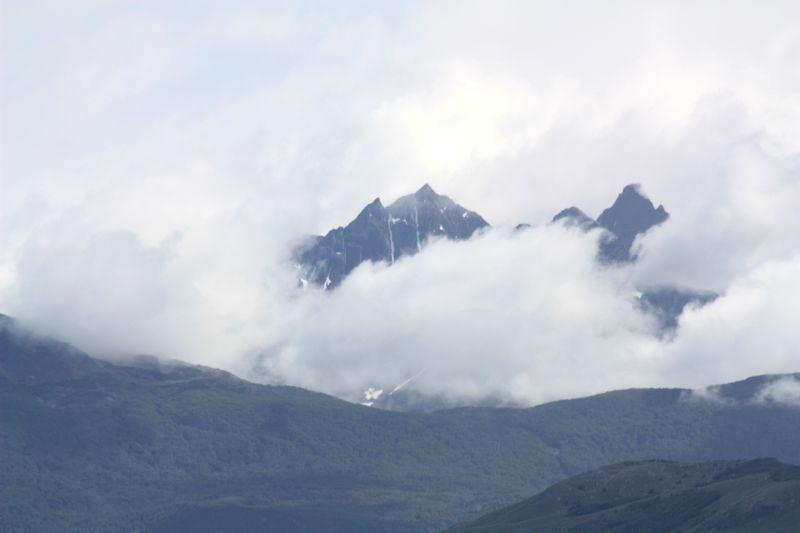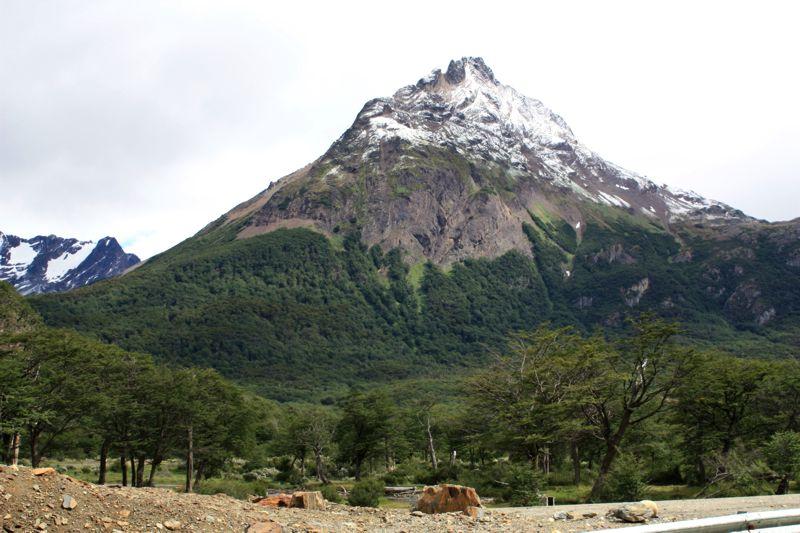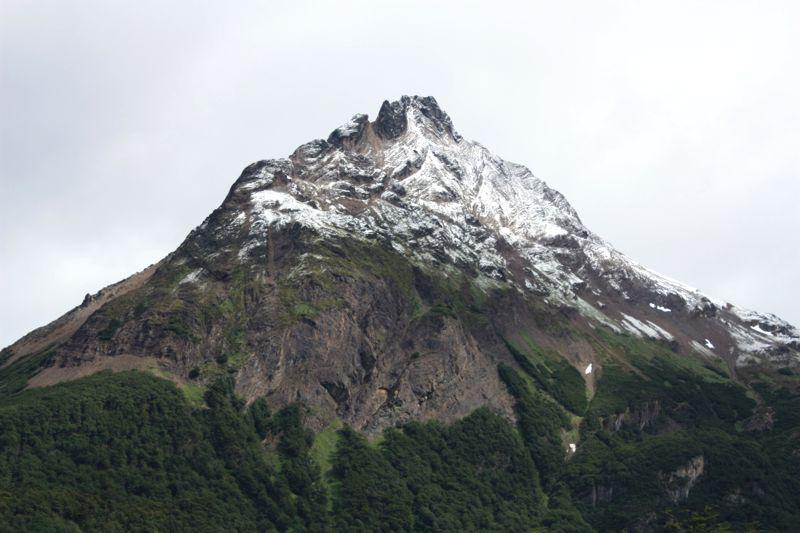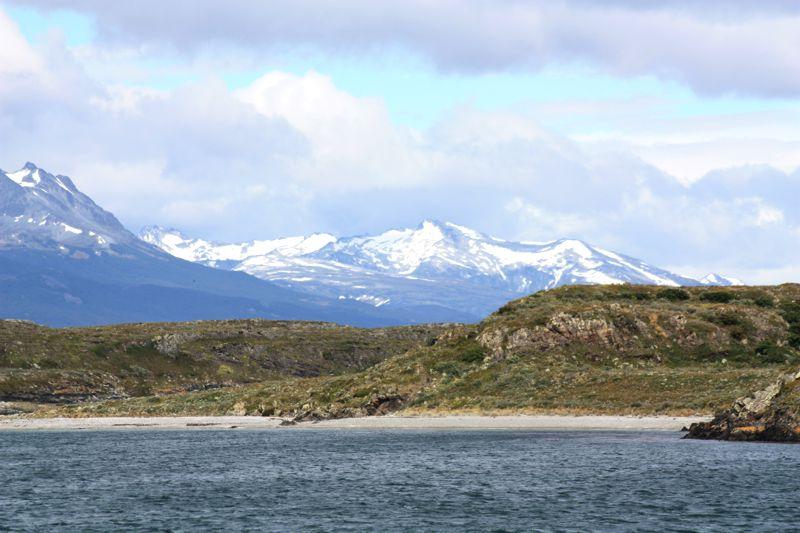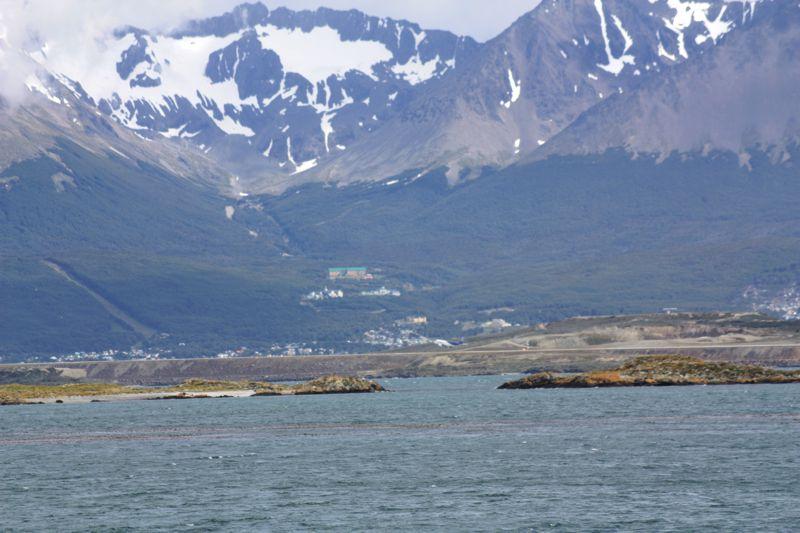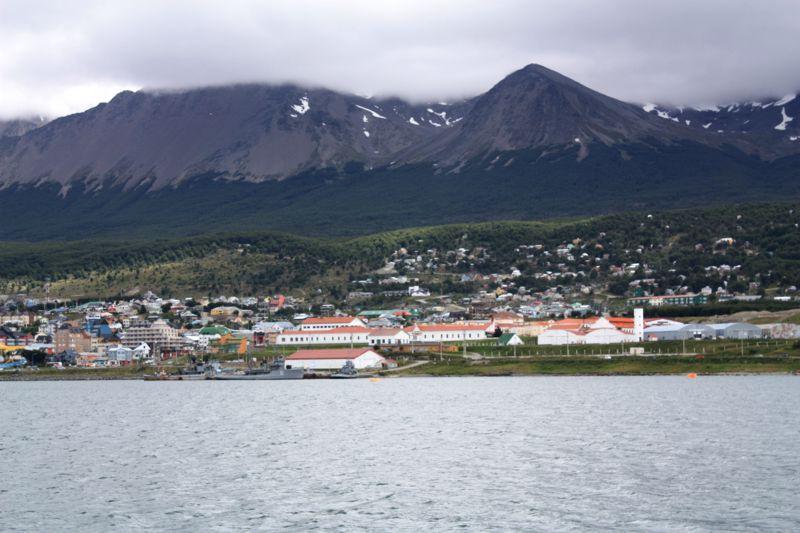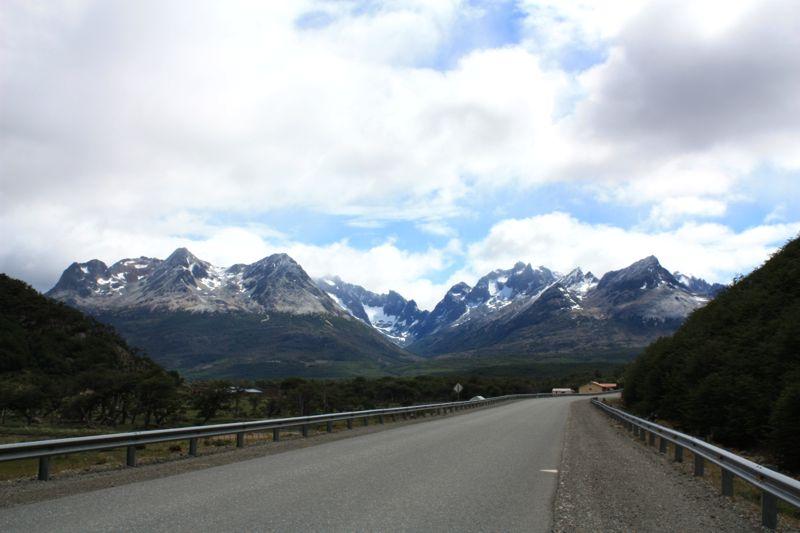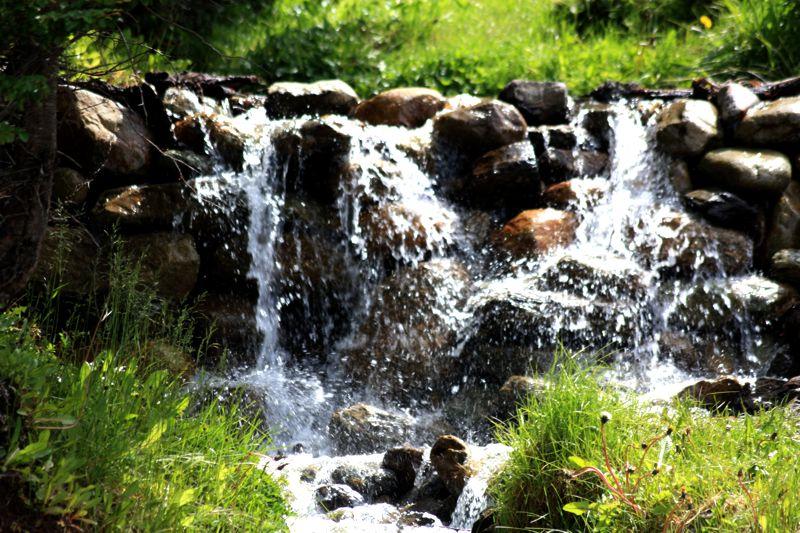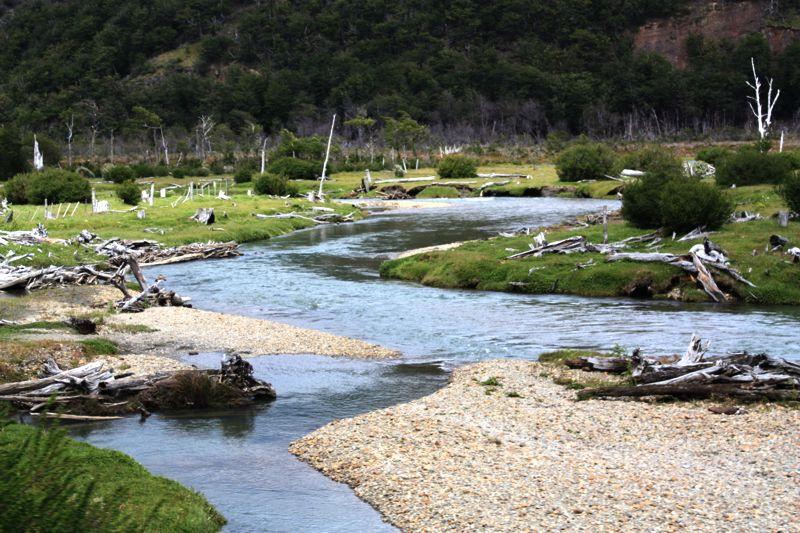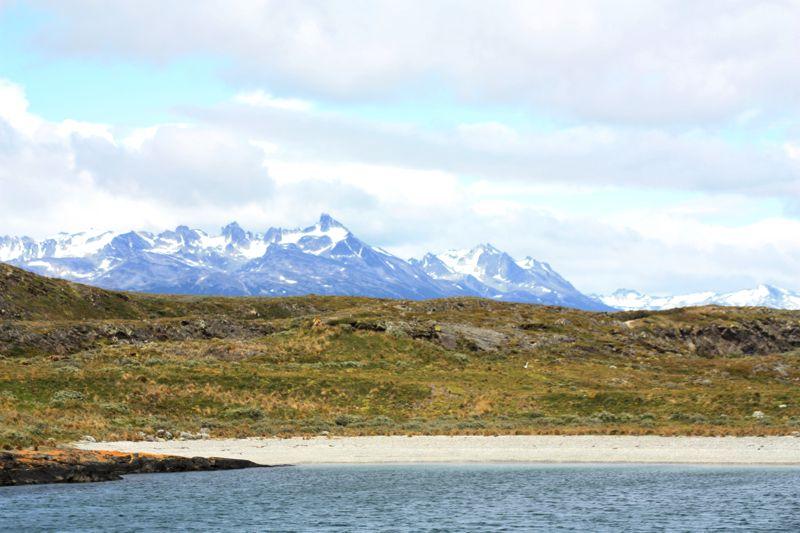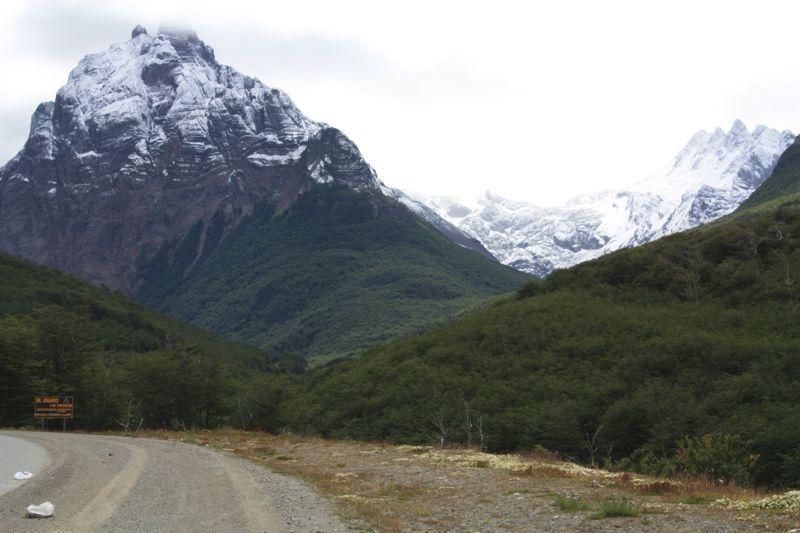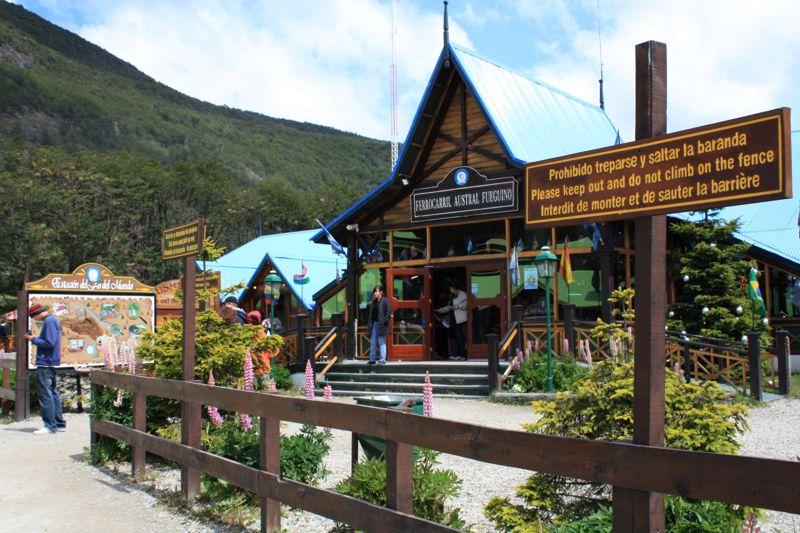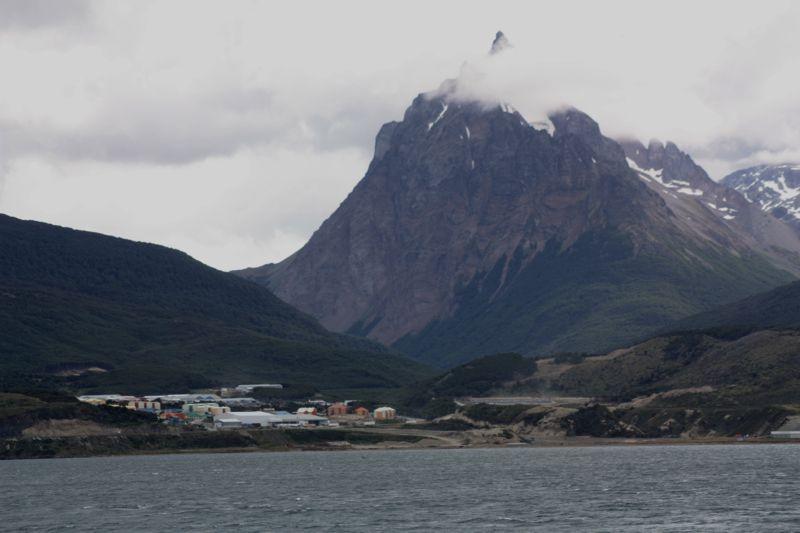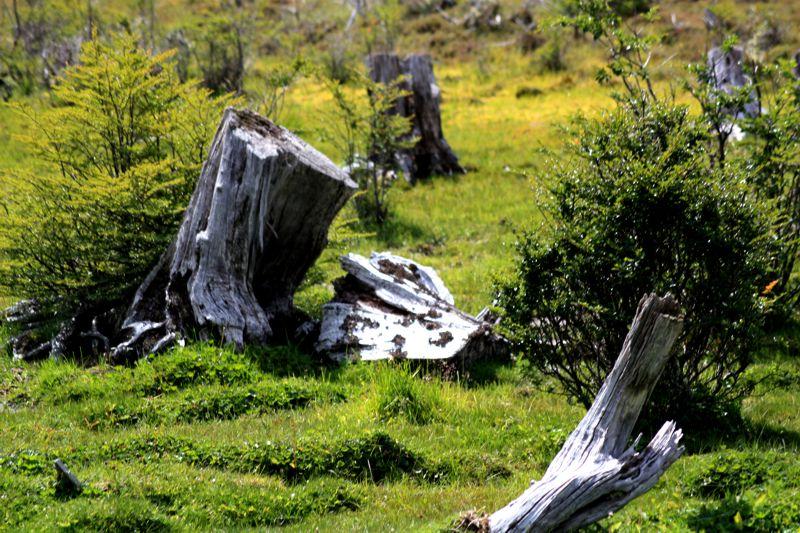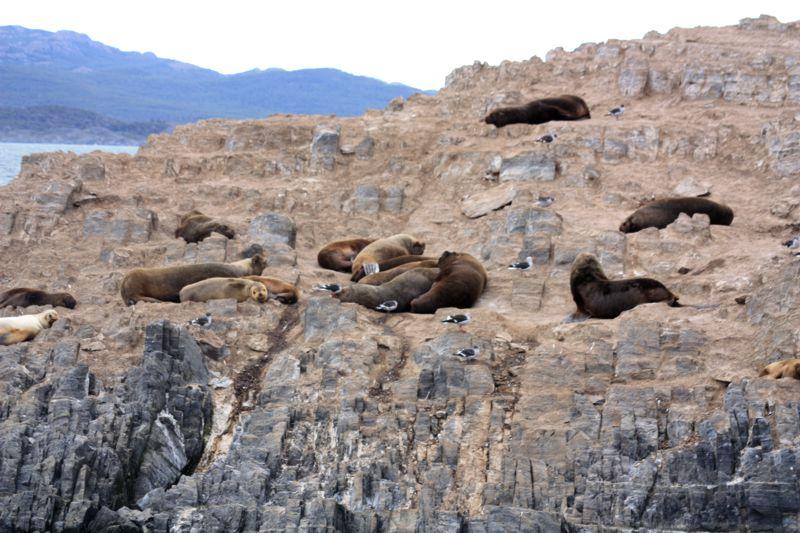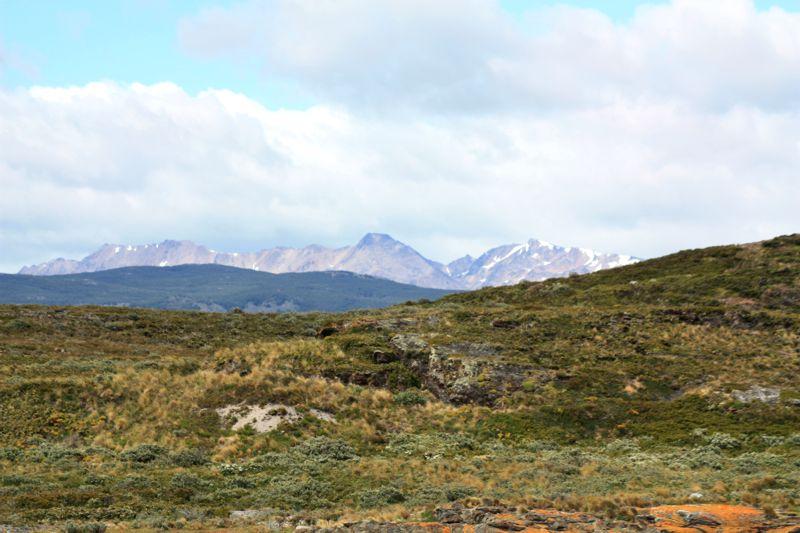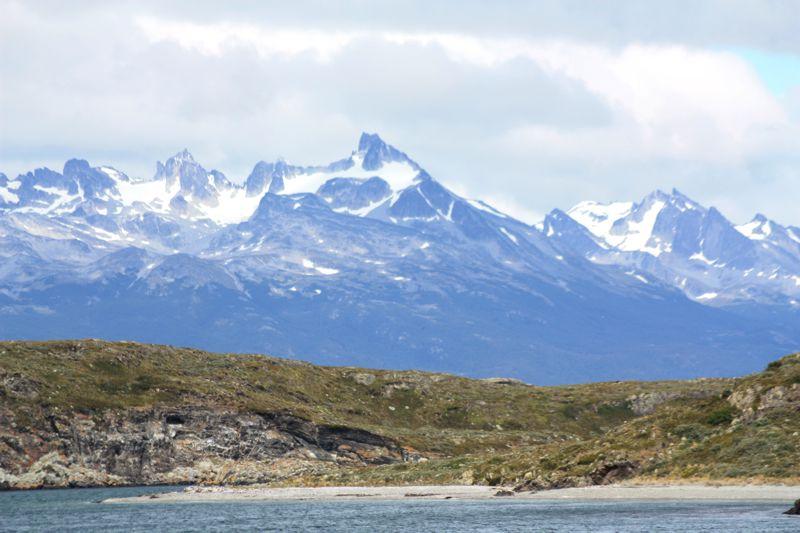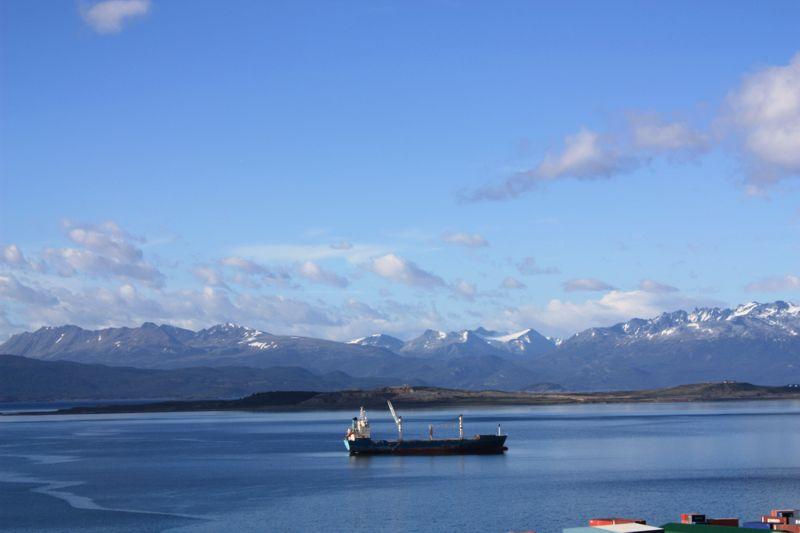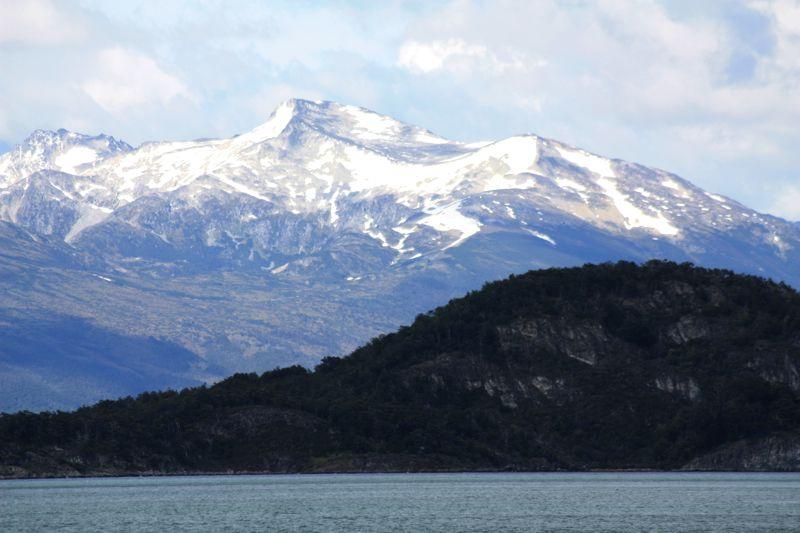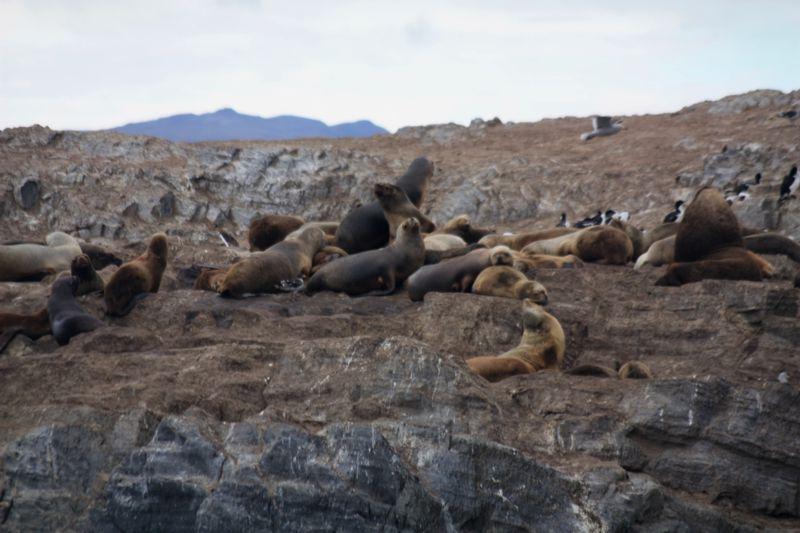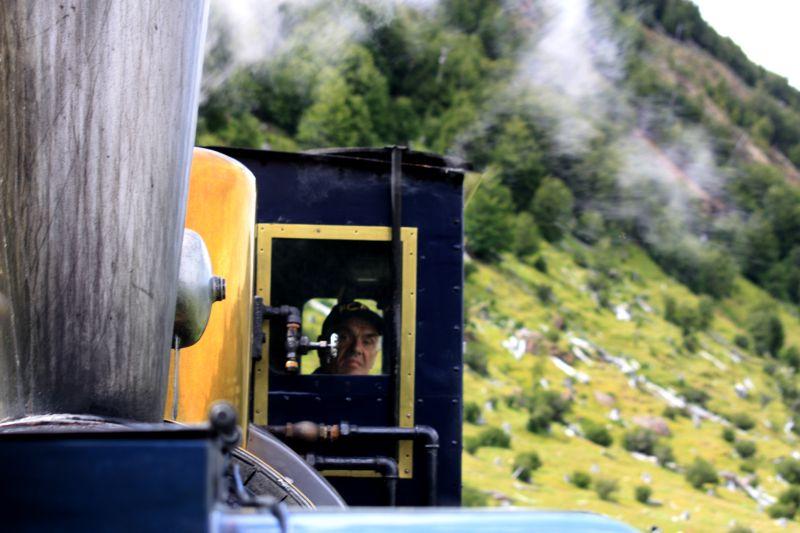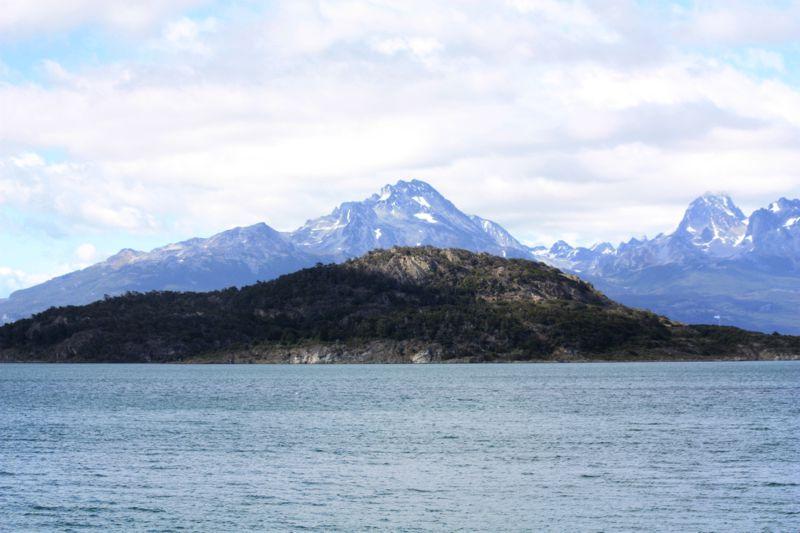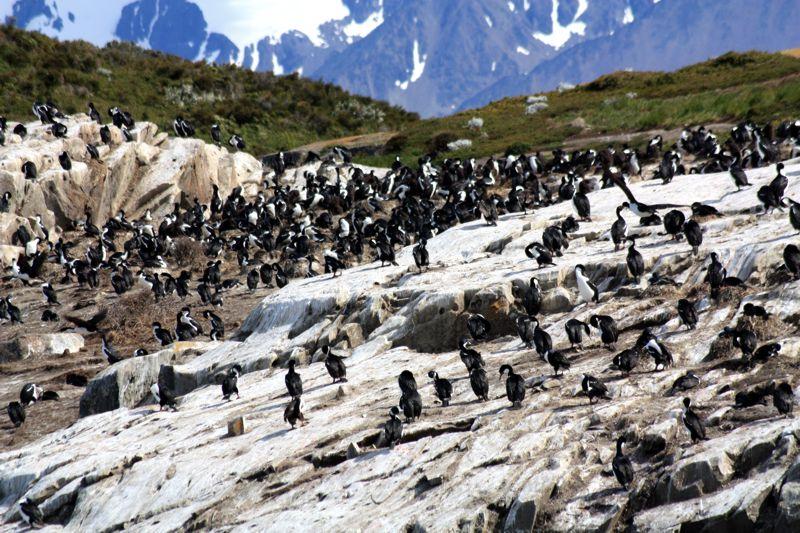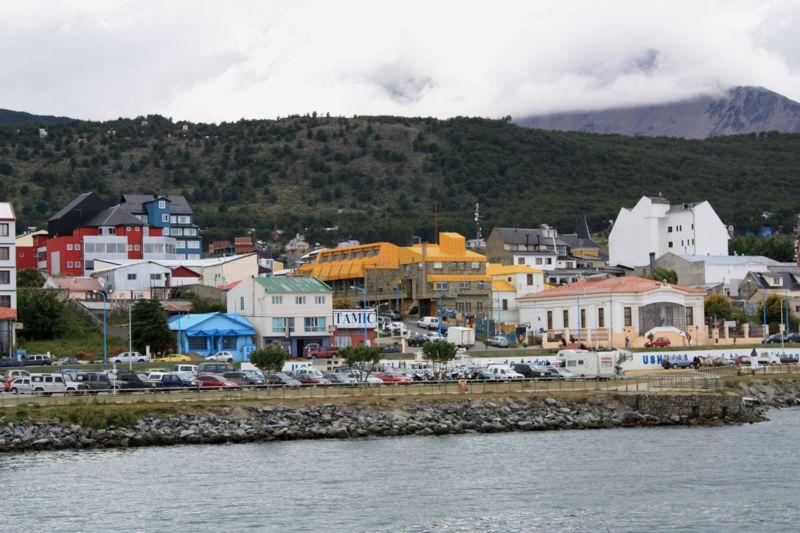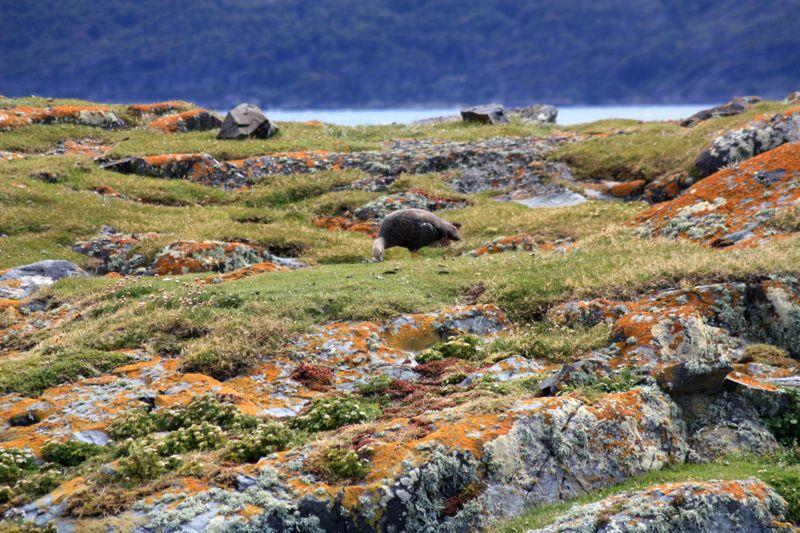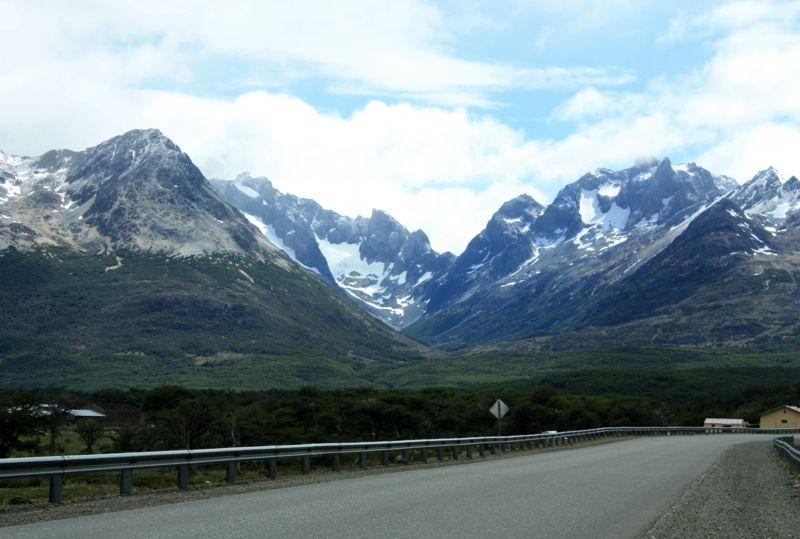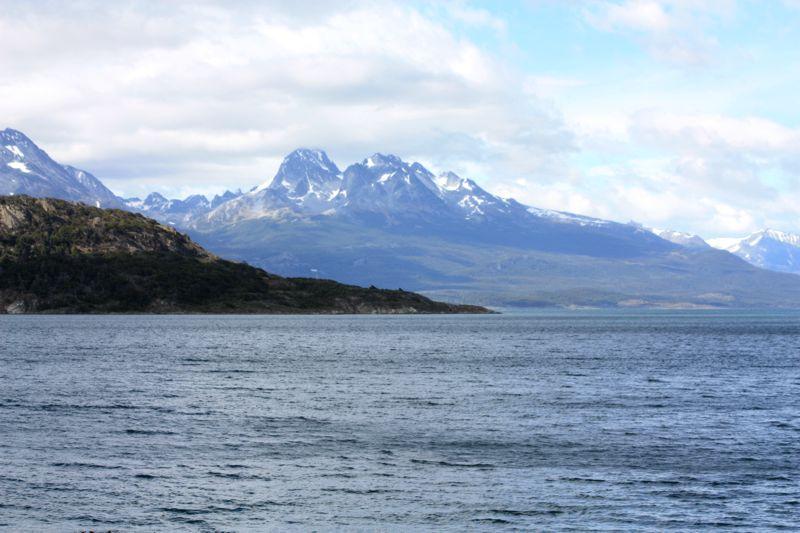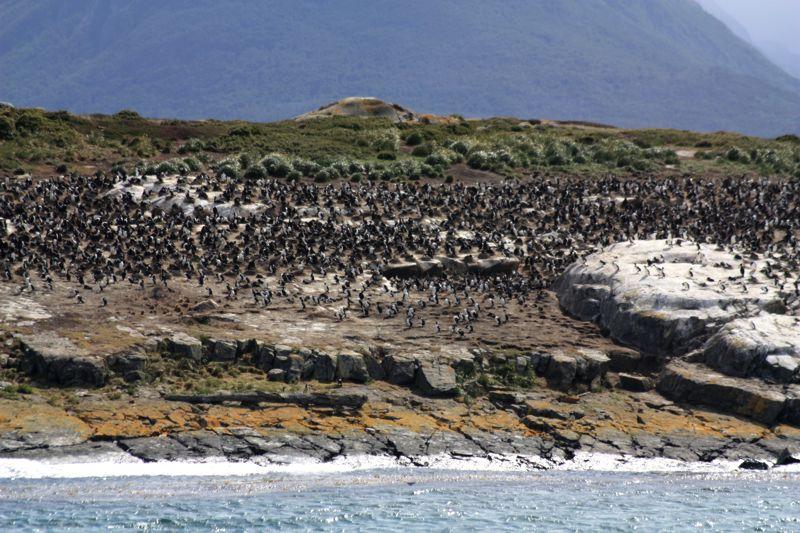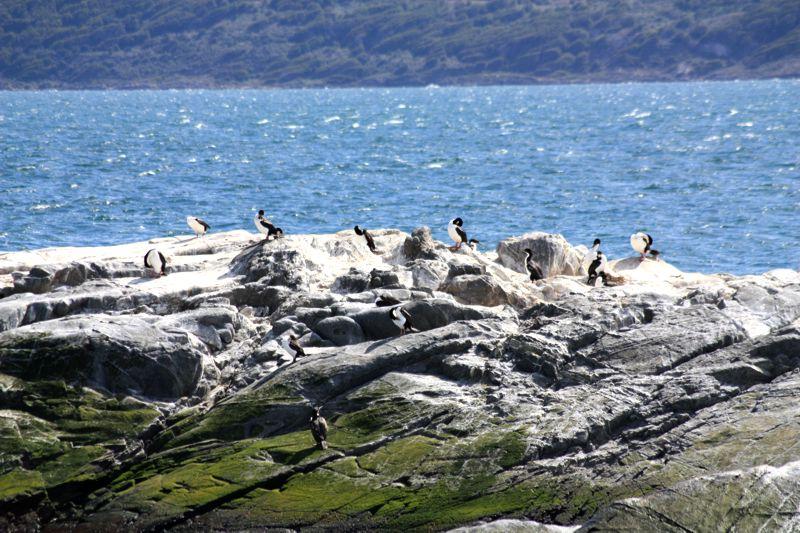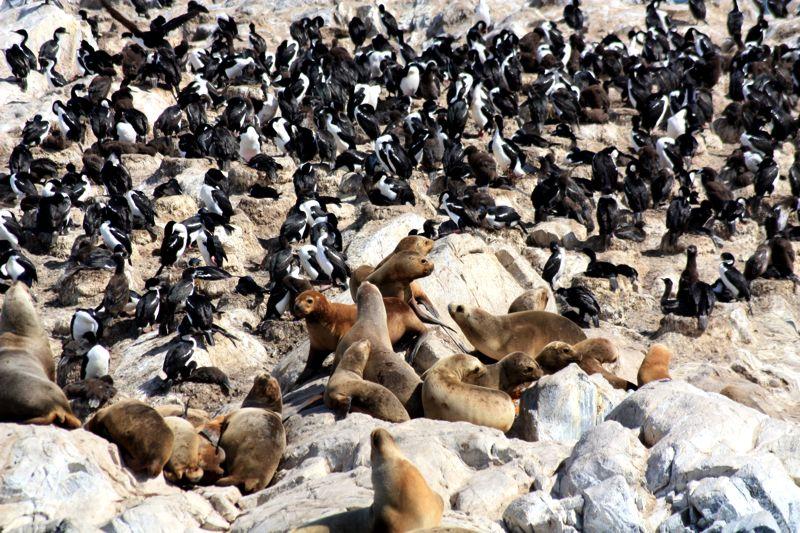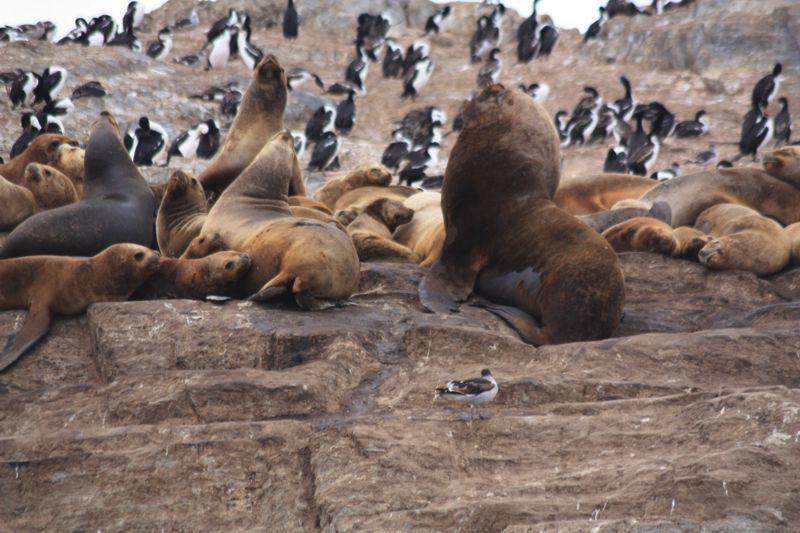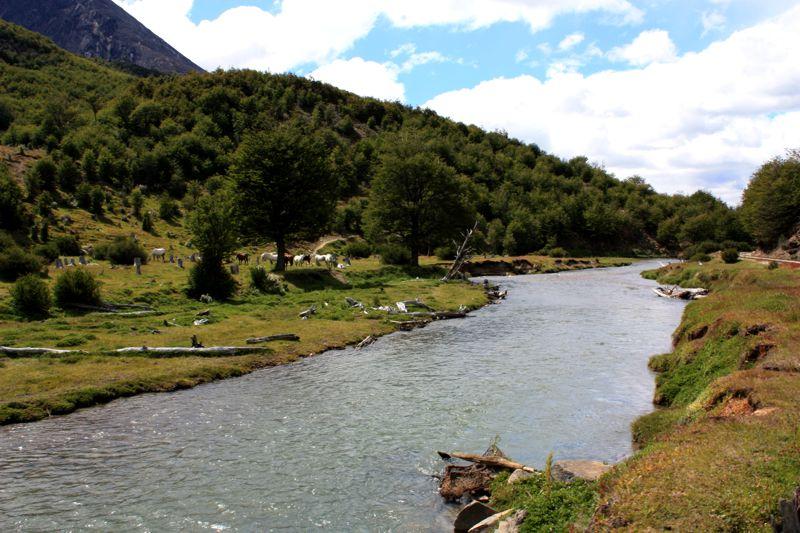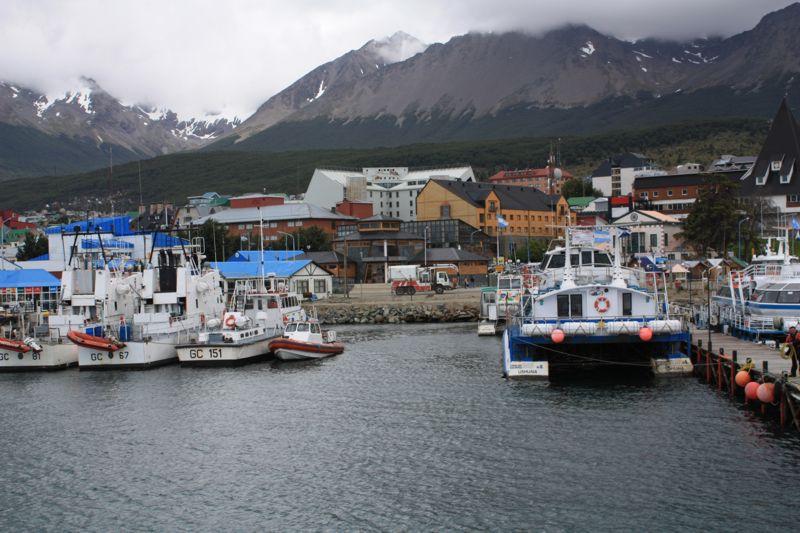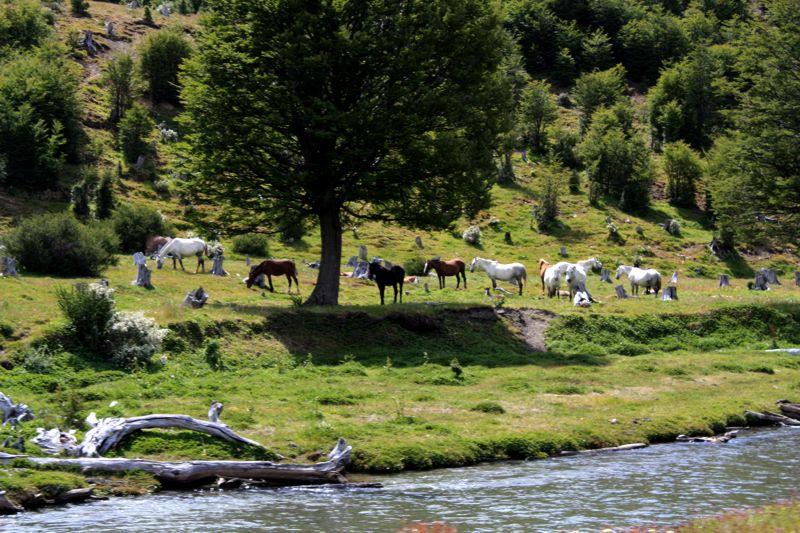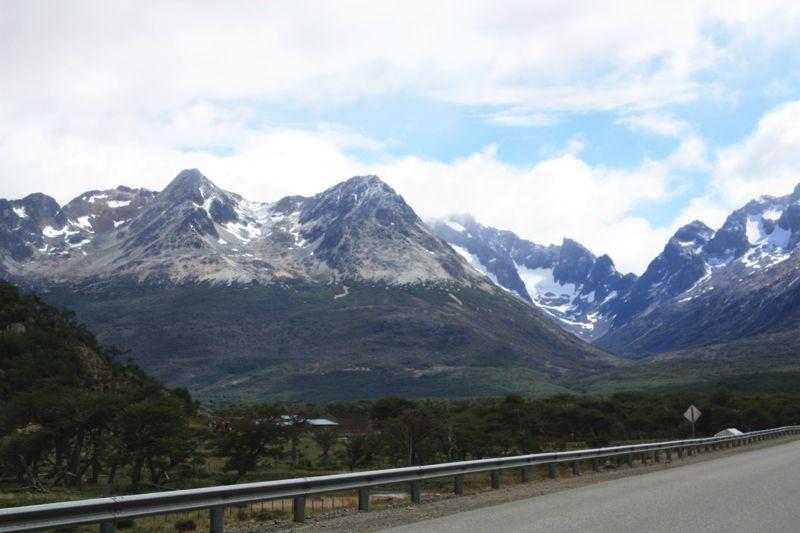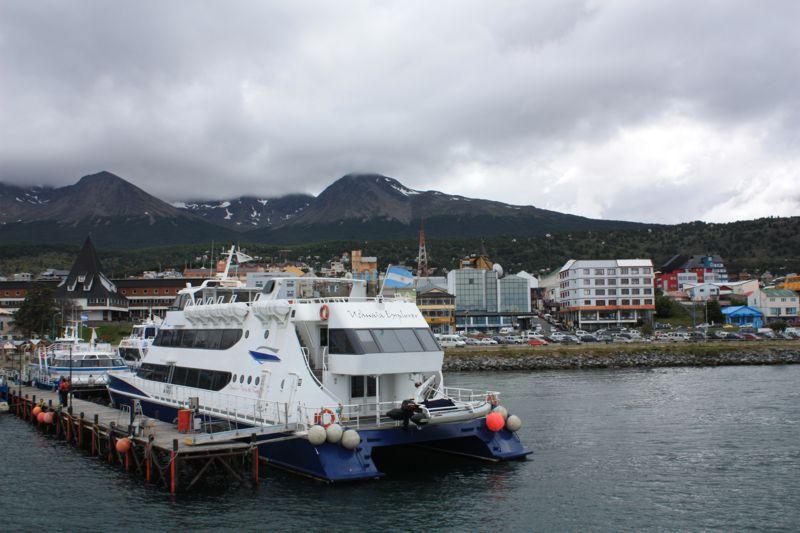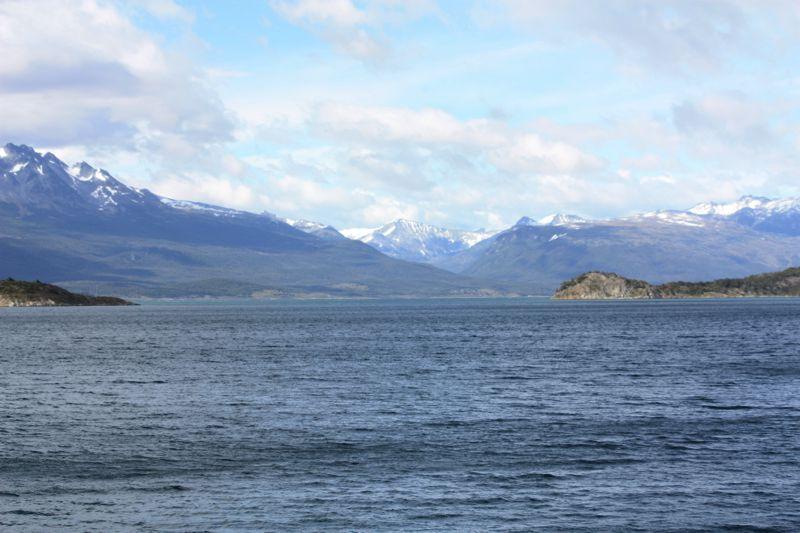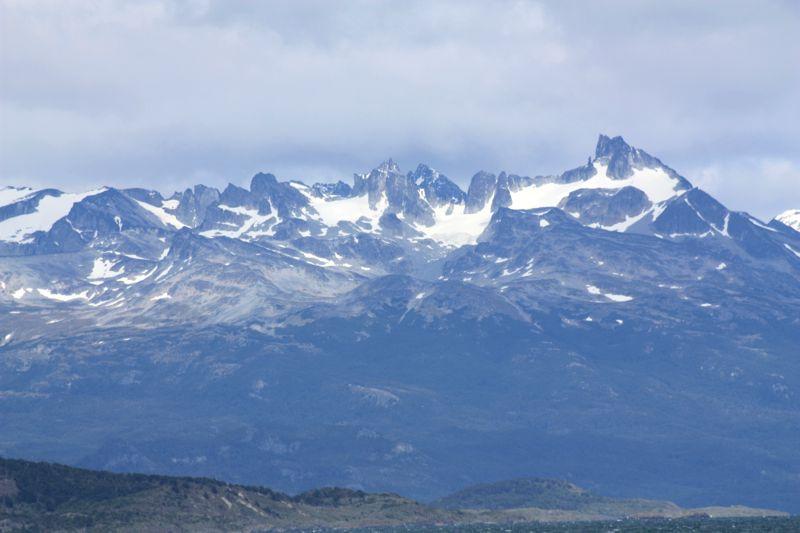Pictures of: Tierra del Fuego
Location map
Airports
Hotels and other Accommodation
What to visit
World Nomads
The Travel Insurance with the largest coverage

The Travel Insurance with the largest coverage

Tierra del Fuego
Tierra del Fuego is an archipelago off the south end of the South American continent, whose total area is 73,753 km², separated from the mainland by the Strait of Magellan. The archipelago is made up of the main island, Tierra del Fuego (divided between Chile and Argentina), with an area of 48,100 km2 (18,572 sq mi), and a group of several islands, including the Cape Horn Islands more to the south) and Diego Ramírez.
Almost 500 years ago, Fernão de Magalhães was the first and greatest navigator to reach Tierra del Fuego. In the spring of 1520, he discovered a passage and called it the "strait of All Saints." To the land north of the natural channel, he invented the name "Patagonia", to the one to the south, "Tierra del Fuego". Over time, the strait received its name and the whole region was called "magalanica".
The indigenous populations, who inhabited the place as the Tehuelches and the Mapuches, were decimated by the European settlers. The British naturalist Charles Darwin met the region in 1831 and dedicated two chapters of his book The Origin of Species to Patagonia and Tierra del Fuego. For the scientist, the trip to the locality was important for the formation of his evolutionary theory, having been from this time that the Europeans settled down in the region developing agriculture and herds and sheep as well as the great race to the gold.
Only less than 5% of the Argentine and Chilean populations live in the region, despite the fact that it comprises a large part of the territory of the respective countries. The customs of both nations are a mixture between European customs, for the most part, and the original inhabitants of the region.
Today, oil extraction dominates the economic activity in the north of Tierra del Fuego, while the tourism, manufacturing and logistics of Antarctica are important to the south.
Almost 500 years ago, Fernão de Magalhães was the first and greatest navigator to reach Tierra del Fuego. In the spring of 1520, he discovered a passage and called it the "strait of All Saints." To the land north of the natural channel, he invented the name "Patagonia", to the one to the south, "Tierra del Fuego". Over time, the strait received its name and the whole region was called "magalanica".
The indigenous populations, who inhabited the place as the Tehuelches and the Mapuches, were decimated by the European settlers. The British naturalist Charles Darwin met the region in 1831 and dedicated two chapters of his book The Origin of Species to Patagonia and Tierra del Fuego. For the scientist, the trip to the locality was important for the formation of his evolutionary theory, having been from this time that the Europeans settled down in the region developing agriculture and herds and sheep as well as the great race to the gold.
Only less than 5% of the Argentine and Chilean populations live in the region, despite the fact that it comprises a large part of the territory of the respective countries. The customs of both nations are a mixture between European customs, for the most part, and the original inhabitants of the region.
Today, oil extraction dominates the economic activity in the north of Tierra del Fuego, while the tourism, manufacturing and logistics of Antarctica are important to the south.
Tourism
Tierra del Fuego is a great province where you will spend an unforgettable vacation. The province Tierra del Fuego, due to the characteristics, allows adventure tourism, fishing sports, boating, modern and comfortable catamarans or sailboats navigate the Beagle Channel.
The city's circuits allow you to feel the history and culture of a city and its pioneers.
In the high season (October / December), one can organize different non-traditional tours such as: walks, hiking, trekking, naturalist tours, cycling, horse riding, sailing, ship trips, etc.
The city's circuits allow you to feel the history and culture of a city and its pioneers.
In the high season (October / December), one can organize different non-traditional tours such as: walks, hiking, trekking, naturalist tours, cycling, horse riding, sailing, ship trips, etc.
Weather
Cold and dry, with average temperatures of 10º Celsius in summer and 0º Celsius in winter, but with an annual amplitude that can vary between 30º and -20º.
The wind is constant, especially in spring and summer, with rain and snow at the highest points.
The maritime influence on the region makes the weather unpredictable, but the best time to visit it is surely summer (December to March).
The wind is constant, especially in spring and summer, with rain and snow at the highest points.
The maritime influence on the region makes the weather unpredictable, but the best time to visit it is surely summer (December to March).
Gastronomy
Centolla fueguina
It's the crab cooked in an onion and butter sauce. Typical of Tierra del Fuego, the dish still receives cream and concentrated tomato sauce - the crab is thus immersed in a pink sauce. The mixture is placed over cooked rice before going to the table.
Deer "Charque"
Pieces of deer meat are interspersed with layers of coarse salt, ground pepper and oregano inside a box, which is in a cool place for two days. The salt is then removed and the meat is dried or smoked.
Lamb "al asador"
Whole and open, the Patagonian lamb is slowly roasted on skewers planted on the ground, over embers - the way of preparation is called "al asador". Before roasting, the meat is seasoned with thick salt and brushed with butter, lemon juice and wine.
Araucanian Curanto
The word curanto comes from the language of the native people of Patagonia, the Mapuche, and means "stone heated under the sun". The preparation of the dish has more or less to do with the meaning of the name: a hole made in the earth is full of firewood, charcoal and hot stones, on which are baked "packages" of nalca leaves (inside them, there are pieces of beef, lamb, chicken and pork, chorizo, potatoes, apples, pumpkins, cheeses and peas). The hole is covered with dirt - almost an hour later, the food is carefully removed and served. Smoky in flavor, the recipe is traditionally prepared in commemoration of the prosperous harvest: it is as if the land that bore fruit was opened again to cook them in thanksgiving.
Doce de calafate
The symbol fruit of Patagonia boils in the water. The sugar is then added gradually to make the syrup very consistent.
Doce de mosqueta
The fruit is cooked in water until creamed and then fried. When it cools, the broth returns to the pan, where it is cooked with sugar until gaining consistency. Once ready, it is stored in jars, in a dark and cool place - the industrialized version is quite consumed.
Boar pate
After marinating in red wine and being cooked with salt, onion and blackheads, the pulled meat of the boar is mixed with olive oil and mayonnaise to form pâté. It is an indispensable ingredient in the famous tables, or boards, covered by smoked salmon and game meats and served as an entrance.
Stuffed lamb's leg
Dried mushrooms, marinated in Jerez wine, are sauteed with onion, raw ham, pancetta, sour cream and breadcrumbs to stuff the leg (or palette) of the lamb. Seasoned beef with thick salt, olive oil, pepper, rosemary, tarragon, garlic and bay leaves is baked in the oven. It is usually served with mashed potatoes.
Chocolate pie with red fruits
Typical of Neuquén, it takes bitter chocolate and egg whites. It is baked and, when ready, is covered with red fruits already macerated with sugar.
Welsh cake
The recipe came to the country with the immigrants from Wales who landed in the province of Chubut in 1850. Dried raisins, boiled with honey and sugar, nuts, liquor and candied fruit are mixed in the batter, which is roasted for about an hour .
Patagonian pie
It's a salmon pie. In addition to the shredded fish, previously cooked with grated carrots, garlic and parsley, the stuffing takes cheese, boiled eggs and raw.
Stuffed trout
The fish gets stuffed onion, bell pepper, carrot, black pepper, chili pepper and parsley, and is baked in the oven in foil. At the table, comes with boiled potatoes and a sauce of butter, lemon and parsley.
It's the crab cooked in an onion and butter sauce. Typical of Tierra del Fuego, the dish still receives cream and concentrated tomato sauce - the crab is thus immersed in a pink sauce. The mixture is placed over cooked rice before going to the table.
Deer "Charque"
Pieces of deer meat are interspersed with layers of coarse salt, ground pepper and oregano inside a box, which is in a cool place for two days. The salt is then removed and the meat is dried or smoked.
Lamb "al asador"
Whole and open, the Patagonian lamb is slowly roasted on skewers planted on the ground, over embers - the way of preparation is called "al asador". Before roasting, the meat is seasoned with thick salt and brushed with butter, lemon juice and wine.
Araucanian Curanto
The word curanto comes from the language of the native people of Patagonia, the Mapuche, and means "stone heated under the sun". The preparation of the dish has more or less to do with the meaning of the name: a hole made in the earth is full of firewood, charcoal and hot stones, on which are baked "packages" of nalca leaves (inside them, there are pieces of beef, lamb, chicken and pork, chorizo, potatoes, apples, pumpkins, cheeses and peas). The hole is covered with dirt - almost an hour later, the food is carefully removed and served. Smoky in flavor, the recipe is traditionally prepared in commemoration of the prosperous harvest: it is as if the land that bore fruit was opened again to cook them in thanksgiving.
Doce de calafate
The symbol fruit of Patagonia boils in the water. The sugar is then added gradually to make the syrup very consistent.
Doce de mosqueta
The fruit is cooked in water until creamed and then fried. When it cools, the broth returns to the pan, where it is cooked with sugar until gaining consistency. Once ready, it is stored in jars, in a dark and cool place - the industrialized version is quite consumed.
Boar pate
After marinating in red wine and being cooked with salt, onion and blackheads, the pulled meat of the boar is mixed with olive oil and mayonnaise to form pâté. It is an indispensable ingredient in the famous tables, or boards, covered by smoked salmon and game meats and served as an entrance.
Stuffed lamb's leg
Dried mushrooms, marinated in Jerez wine, are sauteed with onion, raw ham, pancetta, sour cream and breadcrumbs to stuff the leg (or palette) of the lamb. Seasoned beef with thick salt, olive oil, pepper, rosemary, tarragon, garlic and bay leaves is baked in the oven. It is usually served with mashed potatoes.
Chocolate pie with red fruits
Typical of Neuquén, it takes bitter chocolate and egg whites. It is baked and, when ready, is covered with red fruits already macerated with sugar.
Welsh cake
The recipe came to the country with the immigrants from Wales who landed in the province of Chubut in 1850. Dried raisins, boiled with honey and sugar, nuts, liquor and candied fruit are mixed in the batter, which is roasted for about an hour .
Patagonian pie
It's a salmon pie. In addition to the shredded fish, previously cooked with grated carrots, garlic and parsley, the stuffing takes cheese, boiled eggs and raw.
Stuffed trout
The fish gets stuffed onion, bell pepper, carrot, black pepper, chili pepper and parsley, and is baked in the oven in foil. At the table, comes with boiled potatoes and a sauce of butter, lemon and parsley.
Official language
Spanish
Currency
Argentinian peso
Documentation required
TOURISTS
If the stay does not exceed 3 months, it is not necessary to request the tourist visa, but must have a passport with a validity of at least 6 months.
EXTENSION: It can be done in the National Directorate of Migrations from 8 am to 2 pm, building 4 "extensions sector", or in the delegations of the interior of the country, or at the border posts authorized by DNM.
Requests for an extension of residence, as well as a request for a change of immigration category or subcategory, must be made within SIXTY (60) days before the expiration of temporary residence and within 10 (ten) days before the expiration of the transitional residence.
The foreigner who presents himself spontaneously and voluntarily within thirty (30) days of expiration of the deadlines set forth in the previous point, shall be fined FIFTY PERCENT (50%) of the amount of the rate for extension of residence or change category or subcategory.
Requirements:
• Valid passport or valid identity card (neighboring countries).
• Mercosur renewal rate
• Temporary residency in force *
* In the case where the validity of the visa has expired, it can not be extended such residence, in order to leave the country should apply for an exit permit
EXIT AUTHORIZATION: It can be obtained in the "Dirección Nacional de Migraciones", from 8 to 20 hours, building 4 "Dirección General de Movimiento Migratorio", or in the delegations of the interior country, or at border posts authorized by DNM
IMPORTANT: It has a validity of 10 (ten) days from the date of issuance of the authorization, during that period, you must leave the country, if it expires, it will be necessary to request a new EXIT AUTHORIZATION and pay again.
If the stay does not exceed 3 months, it is not necessary to request the tourist visa, but must have a passport with a validity of at least 6 months.
EXTENSION: It can be done in the National Directorate of Migrations from 8 am to 2 pm, building 4 "extensions sector", or in the delegations of the interior of the country, or at the border posts authorized by DNM.
Requests for an extension of residence, as well as a request for a change of immigration category or subcategory, must be made within SIXTY (60) days before the expiration of temporary residence and within 10 (ten) days before the expiration of the transitional residence.
The foreigner who presents himself spontaneously and voluntarily within thirty (30) days of expiration of the deadlines set forth in the previous point, shall be fined FIFTY PERCENT (50%) of the amount of the rate for extension of residence or change category or subcategory.
Requirements:
• Valid passport or valid identity card (neighboring countries).
• Mercosur renewal rate
• Temporary residency in force *
* In the case where the validity of the visa has expired, it can not be extended such residence, in order to leave the country should apply for an exit permit
EXIT AUTHORIZATION: It can be obtained in the "Dirección Nacional de Migraciones", from 8 to 20 hours, building 4 "Dirección General de Movimiento Migratorio", or in the delegations of the interior country, or at border posts authorized by DNM
IMPORTANT: It has a validity of 10 (ten) days from the date of issuance of the authorization, during that period, you must leave the country, if it expires, it will be necessary to request a new EXIT AUTHORIZATION and pay again.
Health care
The following recommendations are for short trips, originating in North America or Europe and limited to Buenos Aires.
All travelers should visit either their personal physician or a travel health clinic for 4-8 weeks prior to departure.
Vaccination is advisable in the following cases:
hepatitis A - Recommended for all travelers
Typhoid - For travelers who can eat or drink great restaurants and hotels outside.
Measles, and Rubella - Two doses recommended for all travelers born after 1956, if not previously given.
Tetanus-diphtheria - The recommended revaccination every 10 years
All travelers should visit either their personal physician or a travel health clinic for 4-8 weeks prior to departure.
Vaccination is advisable in the following cases:
hepatitis A - Recommended for all travelers
Typhoid - For travelers who can eat or drink great restaurants and hotels outside.
Measles, and Rubella - Two doses recommended for all travelers born after 1956, if not previously given.
Tetanus-diphtheria - The recommended revaccination every 10 years
Other tourist destinations in:
Argentina
Argentina
Other world tourist destinations
Why to book with RUTAS TURISTICAS
The best prices
Our partnerships with the world´s largest operators offer research on the best market prices.
More options
At Rotas Turisticos you can book the hotel, buy the air ticket, book the transfer from the airport to the hotel and vice versa, book the local excursions, rent the car, take travel insurance and consult the places to visit and where to go.
Holiday Tips & Destinations
Hundreds of holiday destinations with all the options that allow you to easily choose the destination that best suits your dream vacation.
RUTAS TURISTICAS
Links

